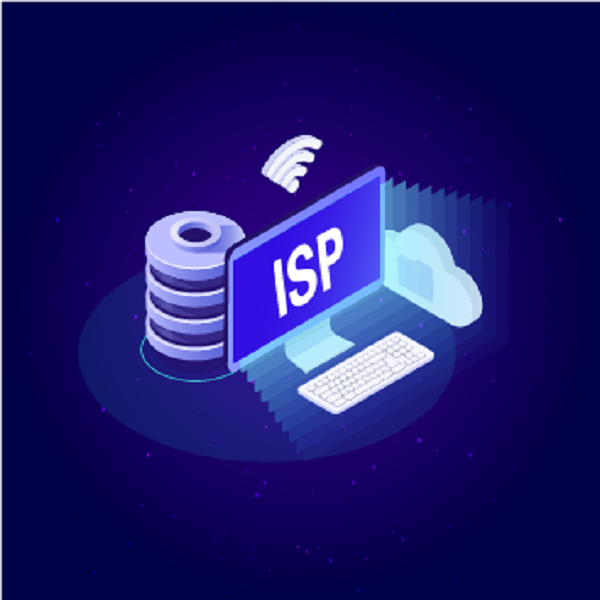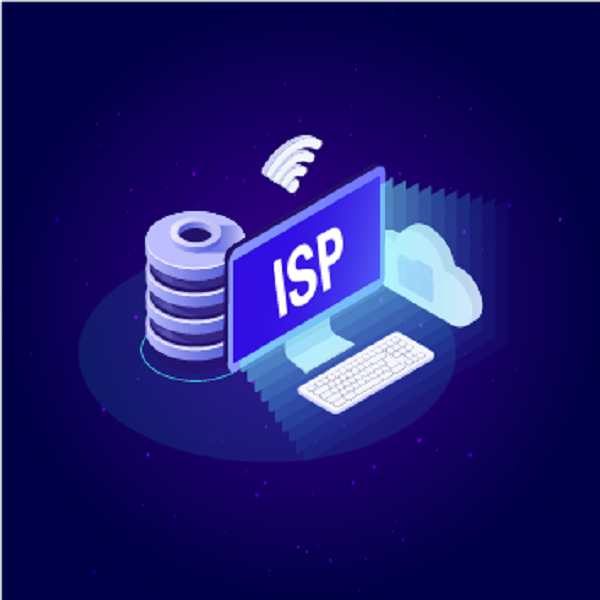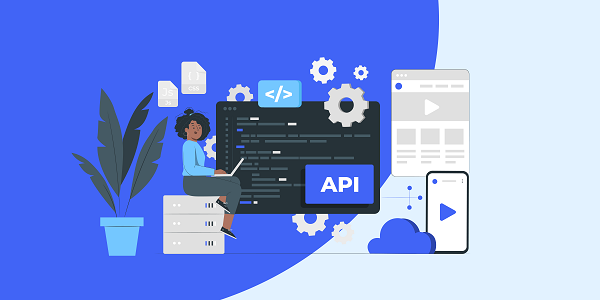Residential Proxies
Allowlisted 200M+ IPs from real ISP. Managed/obtained proxies via dashboard.

Proxies Services
Residential Proxies
Allowlisted 200M+ IPs from real ISP. Managed/obtained proxies via dashboard.
Residential (Socks5) Proxies
Over 200 million real IPs in 190+ locations,
Unlimited Residential Proxies
Unlimited use of IP and Traffic, AI Intelligent Rotating Residential Proxies
Static Residential proxies
Long-lasting dedicated proxy, non-rotating residential proxy
Dedicated Datacenter Proxies
Use stable, fast, and furious 700K+ datacenter IPs worldwide.
Mobile Proxies
Dive into a 10M+ ethically-sourced mobile lP pool with 160+ locations and 700+ ASNs.
Scrapers
Collection of public structured data from all websites
Proxies
Residential Proxies
Allowlisted 200M+ IPs from real ISP. Managed/obtained proxies via dashboard.
Starts from
$0.6/ GB
Residential (Socks5) Proxies
Over 200 million real IPs in 190+ locations,
Starts from
$0.03/ IP
Unlimited Residential Proxies
Unlimited use of IP and Traffic, AI Intelligent Rotating Residential Proxies
Starts from
$1816/ MONTH
Rotating ISP Proxies
ABCProxy's Rotating ISP Proxies guarantee long session time.
Starts from
$0.4/ GB
Static Residential proxies
Long-lasting dedicated proxy, non-rotating residential proxy
Starts from
$4.5/MONTH
Dedicated Datacenter Proxies
Use stable, fast, and furious 700K+ datacenter IPs worldwide.
Starts from
$4.5/MONTH
Mobile Proxies
Allowlisted 200M+ IPs from real ISP. Managed/obtained proxies via dashboard.
Starts from
$1.2/ GB
Scrapers
Web Unblocker
Simulate real user behavior to over-come anti-bot detection
Starts from
$1.2/GB
Serp API
Get real-time search engine data With SERP API
Starts from
$0.3/1K results
Video Downloader
Fully automated download of video and audio data.
Starts from
$0.07/GB
Scraping Browser
Scale scraping browsers with built-inunblocking and hosting
Starts from
$2.5/GB
Documentation
All features, parameters, and integration details, backed by code samples in every coding language.
TOOLS
Resources
Addons
ABCProxy Extension for Chrome
Free Chrome proxy manager extension that works with any proxy provider.
ABCProxy Extension for Firefox
Free Firefox proxy manager extension that works with any proxy provider.
Proxy Manager
Manage all proxies using APM interface
Proxy Checker
Free online proxy checker analyzing health, type, and country.
Proxies
AI Developmen
Acquire large-scale multimodal web data for machine learning
Sales & E-commerce
Collect pricing data on every product acrossthe web to get and maintain a competitive advantage
Threat Intelligence
Get real-time data and access multiple geo-locations around the world.
Copyright Infringement Monitoring
Find and gather all the evidence to stop copyright infringements.
Social Media for Marketing
Dominate your industry space on social media with smarter campaigns, anticipate the next big trends
Travel Fare Aggregation
Get real-time data and access multiple geo-locations around the world.
By Use Case
English
繁體中文
Русский
Indonesia
Português
Español
بالعربية


This article systematically analyzes the technical meaning, trigger mechanism and typical solutions of error code 429 in fiber optic communication scenarios, and provides a full-link operation guide from diagnosis to repair based on actual application scenarios.
1. General definition of error code 429
Error code 429 (Too Many Requests) is a standard HTTP protocol status code, indicating that the number of requests sent by the client in a unit time exceeds the threshold set by the server, triggering the rate limiting protection mechanism. In the fiber network management scenario, this error is common in the following two types of systems:
Fiber optic equipment management interface: such as RESTful API of optical line terminal (OLT) and optical network unit (ONU);
Fiber optic network cloud platform: a network monitoring and configuration platform provided by operators or manufacturers.
2. Specific manifestations of 429 errors in fiber optic scenarios
2.1 Typical triggering scenarios
Batch configuration operation: initiate parameter modification requests for multiple fiber ports in a short period of time;
High-frequency status polling: Continuously query real-time data such as optical module power and link status at intervals of less than 1 second;
Automation script out of control: The script loops and calls the device management interface without setting a delay.
2.2 Error feature identification
Response header information:
HTTP/1.1 429 Too Many Requests
Retry-After: 60
X-RateLimit-Limit: 100
X-RateLimit-Remaining: 0
Log Tags: The ERR_RATE_LIMIT or THROTTLED keywords may appear in the fiber optic device system log.
3. In-depth analysis of the core causes
3.1 System protection mechanism
Resource overload protection: prevent high-frequency requests from exhausting the CPU or memory resources of fiber devices;
Security strategy: Resist the impact of DDoS attacks or abnormal traffic on key network nodes.
3.2 Configuration Policy Conflict
The default threshold is too low: the API call frequency limit predefined by the device manufacturer (such as 100 times/minute) does not match the actual business needs;
Multi-user competition: In a shared fiber management platform, multiple accounts concurrently access the same resource pool.
4. Hierarchical solution
4.1 Immediate response measures
Parse the Retry-After parameter: Pause the request according to the waiting time in the response header (for example, 60 seconds);
Reduce request frequency: adjust the call interval to a random fluctuation value (such as 1.2±0.3 seconds) to avoid fixed-cycle trigger detection;
Request batch merge: Encapsulate multiple configuration commands into a single transaction submission (such as using PATCH instead of multiple PUT).
4.2 Long-term optimization strategy
Token bucket algorithm integration: implement request queues on the client side and smooth traffic through token issuance mechanism;
Distributed call architecture: distribute tasks to multiple client IPs or API keys, and use abcproxy's proxy IP pool to avoid single-point current limiting;
Asynchronous processing transformation: Convert real-time query requirements to Webhook callback mode, and the server actively pushes status changes.
5. Specific commissioning recommendations for fiber optic equipment
Huawei OLT equipment: Use the display cpu-usage command to check the load and adjust the cir (committed information rate) value in the qos rate-limit policy;
ZTE ONU management: Go to System > Security > API Throttling on the EMS platform and set whitelist rules according to service priority;
Nokia Optical Network System: Use the configure system api rate-limit command to hierarchically configure the thresholds for different interfaces.
6. Error prevention and monitoring system construction
Traffic baseline analysis: monitor historical request patterns through Prometheus + Grafana and set dynamic threshold alarms;
Circuit breaker mechanism: Integrate Resilience4j or Hystrix framework to automatically switch to the backup interface when 429 errors are triggered continuously;
Stress testing: Use JMeter to simulate multi-threaded concurrent scenarios and verify the effectiveness of the system's current limiting strategy.
Note: If the above solution still cannot solve the problem, or the error occurs in a specific manufacturer's proprietary system, it is recommended to contact official technical support through the device serial number and attach complete request logs and debugging information (such as tcpdump capture files).
As a professional proxy IP service provider, abcproxy provides a variety of high-quality proxy IP products, including residential proxy, data center proxy, static ISP proxy, Socks5 proxy, unlimited residential proxy, suitable for a variety of application scenarios. If you are looking for a reliable proxy IP service, welcome to visit the abcproxy official website for more details.
Featured Posts
Popular Products
Residential Proxies
Allowlisted 200M+ IPs from real ISP. Managed/obtained proxies via dashboard.
Residential (Socks5) Proxies
Over 200 million real IPs in 190+ locations,
Unlimited Residential Proxies
Use stable, fast, and furious 700K+ datacenter IPs worldwide.
Rotating ISP Proxies
ABCProxy's Rotating ISP Proxies guarantee long session time.
Residential (Socks5) Proxies
Long-lasting dedicated proxy, non-rotating residential proxy
Dedicated Datacenter Proxies
Use stable, fast, and furious 700K+ datacenter IPs worldwide.
Web Unblocker
View content as a real user with the help of ABC proxy's dynamic fingerprinting technology.
Related articles

Unlock Global Access with ABCproxy: Your Ultimate IP Proxy Solution
Discover ABCproxy: A curated IP proxy list for reliable, global access. Enhance your online experience with secure and fast connections. Find the perfect solution for seamless browsing.

How to improve data acquisition efficiency through wget proxy user
This article analyzes the technical principles and application scenarios of the wget tool combined with the proxy IP, and discusses how to optimize the data acquisition process through the proxy service of abcproxy to improve efficiency and stability.

What is a proxy crawler
This article systematically analyzes the core technical principles, typical application scenarios and practical solutions of proxy crawlers, explores how proxy IP can improve crawler efficiency and stability, and provides technical references for developers.